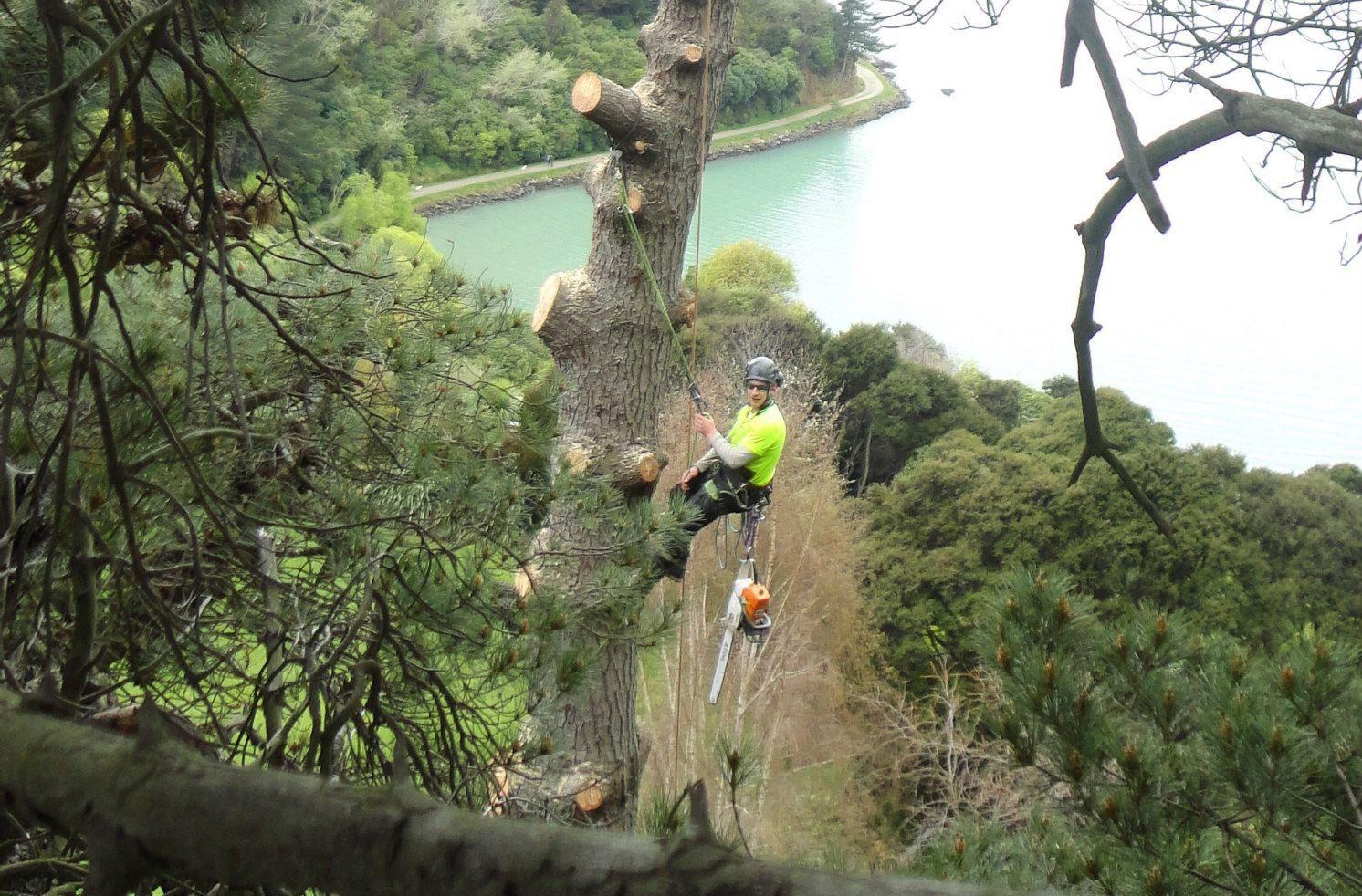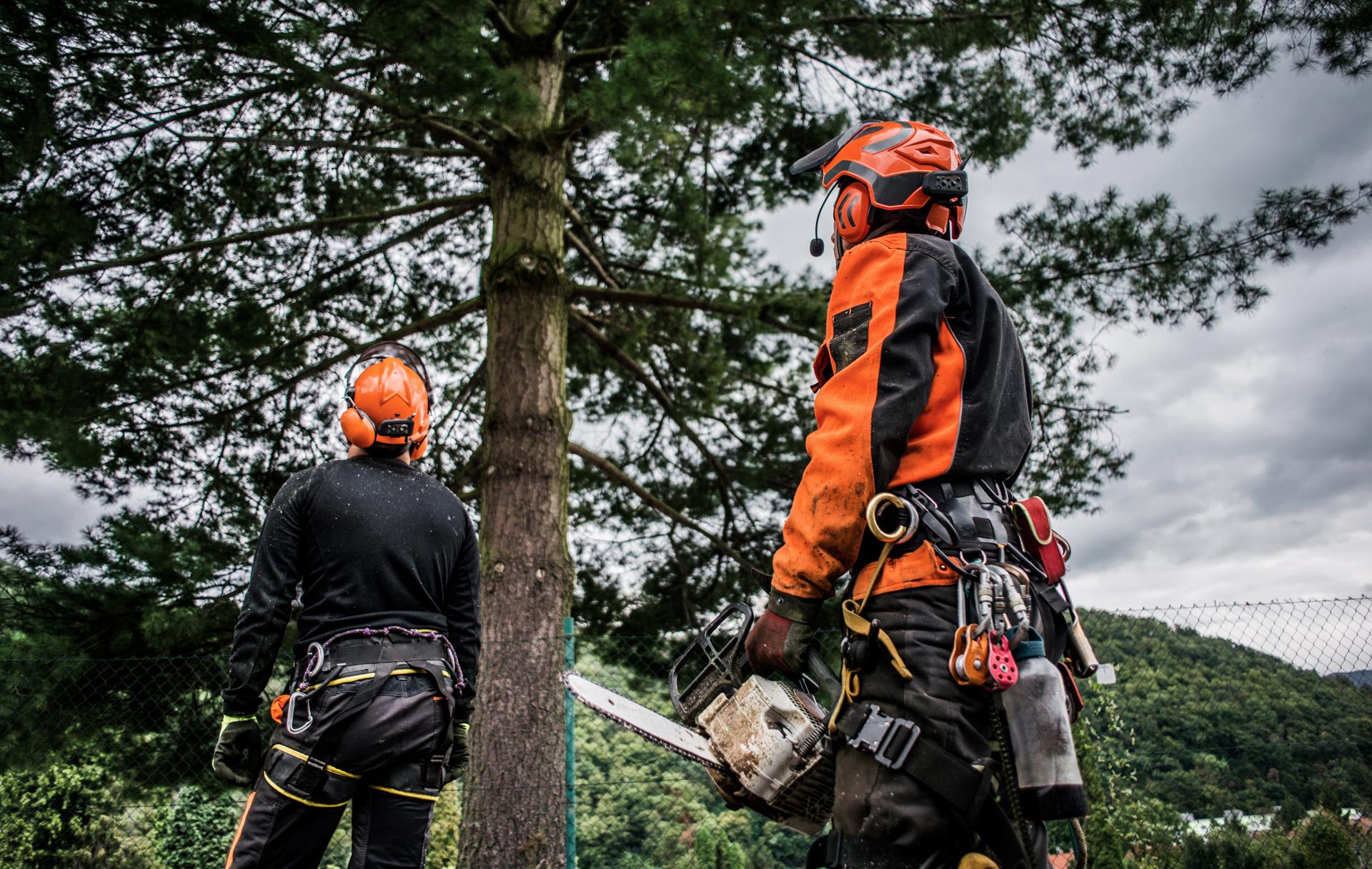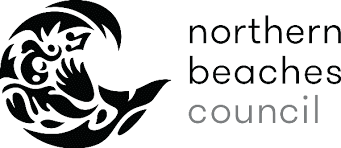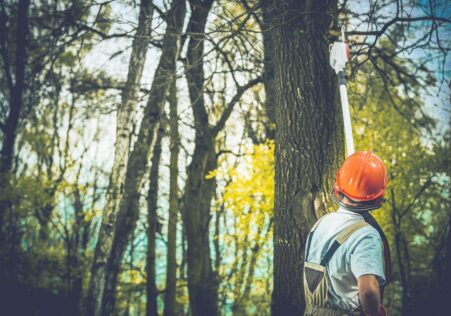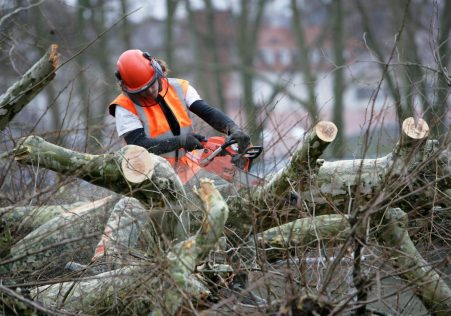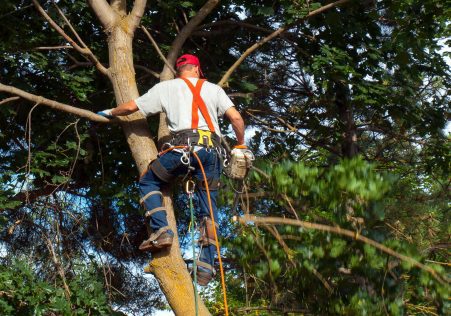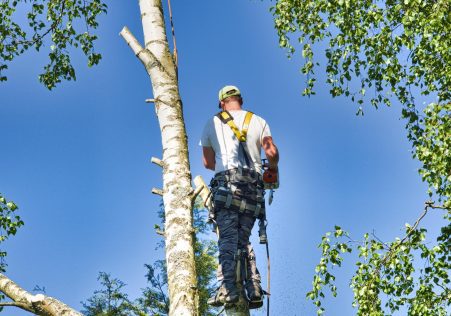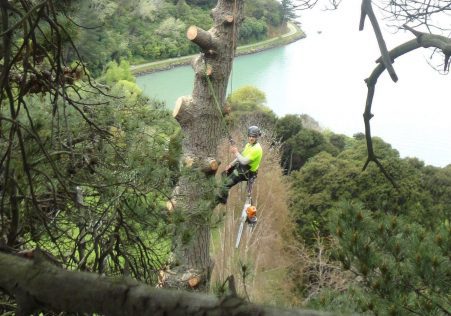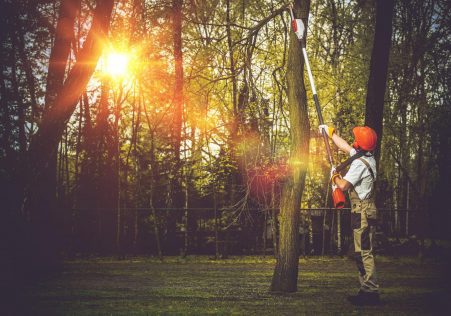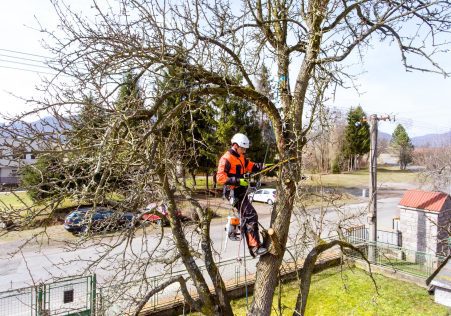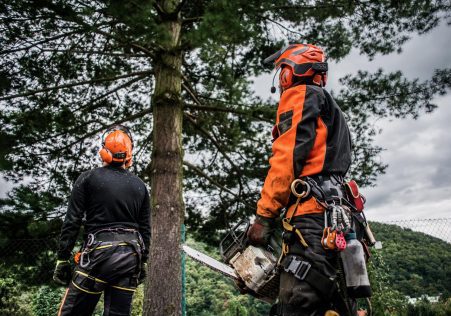The Telltale Signs: When You Should Cut Down a Tree
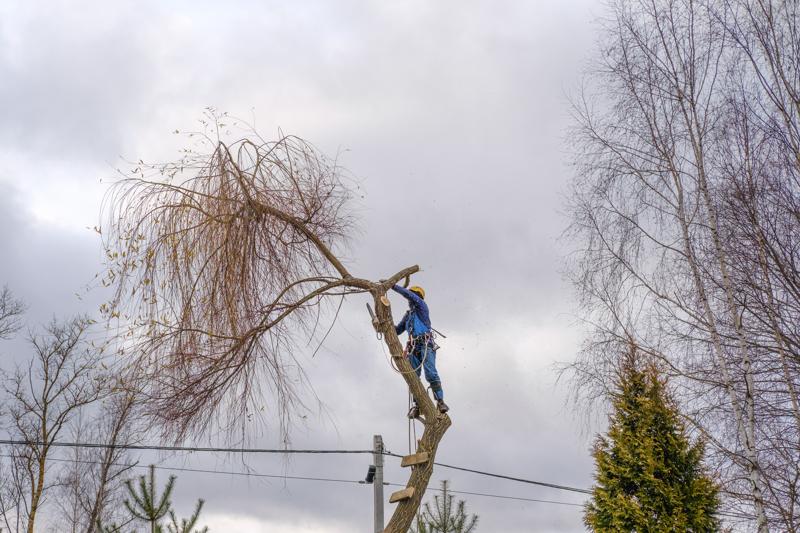
Tree removal is a difficult and possibly dangerous job. If a tree is dead or diseased or is at risk to fall, the tree may need to be removed to avoid damage to the property and to ensure safety. But how can you tell when a tree must be cut down? We’ll guide you through the warning signs to look out for and help you figure out when it’s time to call in the experts.
Dead or Dying Trees
One of the most obvious signs that a tree should be removed is when it is dying or dead. Dead trees are without leaves and could appear dead. If a tree is without leaves or evidence of new growth, it’s probably dead. Additionally, the bark of dead trees may be dry, cracked, or peeling.
Trees that are diseased
Diseased trees can pose a threat to the other plants and trees within the vicinity. Common signs of disease in trees include the appearance of yellowing leaves, wilted branches, and mushrooms growing at the bottom and the top. If you suspect that your tree may be diseased It is essential to have it inspected by a professional arborist.
Leaning Trees
TreesLeaning trees to one side may be an indication of a failing root structure and the tree could be at risk of falling. To identify if a leaning tree could be a threat, check for cracks or broken areas in the trunk and look into the soil around the tree’s base. If you notice any of these signs, it’s best to have the tree evaluated by an arborist.
Overhanging Branches
Overhanging branches of trees located close to power lines or structures can be a danger to safety and property. If you have concerns about branches hanging overhanging, it’s best to be evaluated by an arborist who will determine whether removal or pruning is necessary.
FAQs
What can I do to tell if a tree is dead?
An individual tree can be said to be dead when it does not have leaves and no indication of new growth. Additionally, the bark of a dead tree could be cracked, dry or peeling.
What are the signs of a dying tree?
Common signs of illness in trees are yellowing leaves, wilted branches, and the growth of mushrooms at the base of the tree.
Is it safe to remove the tree by yourself?
Tree removal can be a complicated and possibly dangerous job. It’s best to leave it to the experts to protect you and your family members.
Conclusion
When it comes to tree removal, it’s important to be able to recognize the indicators that indicate that a tree needs to be cut down. By being aware of the signs of dead or dying trees, sick trees, tree leaning, and hanging branches and overhanging branches, you can take the necessary steps to protect your property and those surrounding you. If you believe that there is a tree in your yard that requires removal do not hesitate to call Tree Removal Brisbane for a professional review. Our arborists are highly skilled and are equipped with the knowledge and experience to take care of all your tree removal needs. Do not risk your safety. If you think the tree that is on your property should be removed, contact Tree Removal Brisbane today for a professional assessment. Our expert arborists can provide you with peace of mind that comes with knowing your property is in good hands. Call us now by dialing 0485 882 831 to schedule an appointment.

